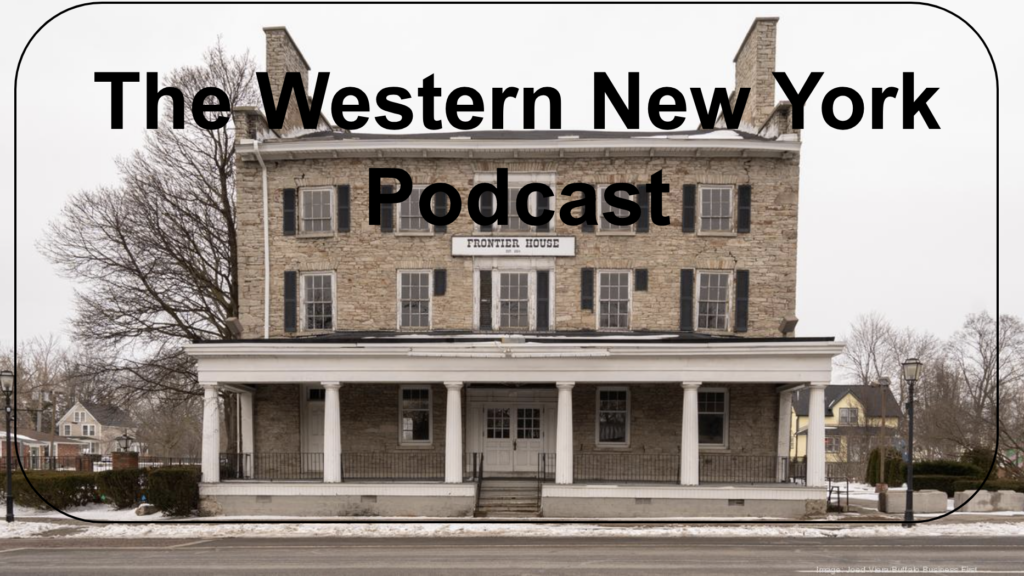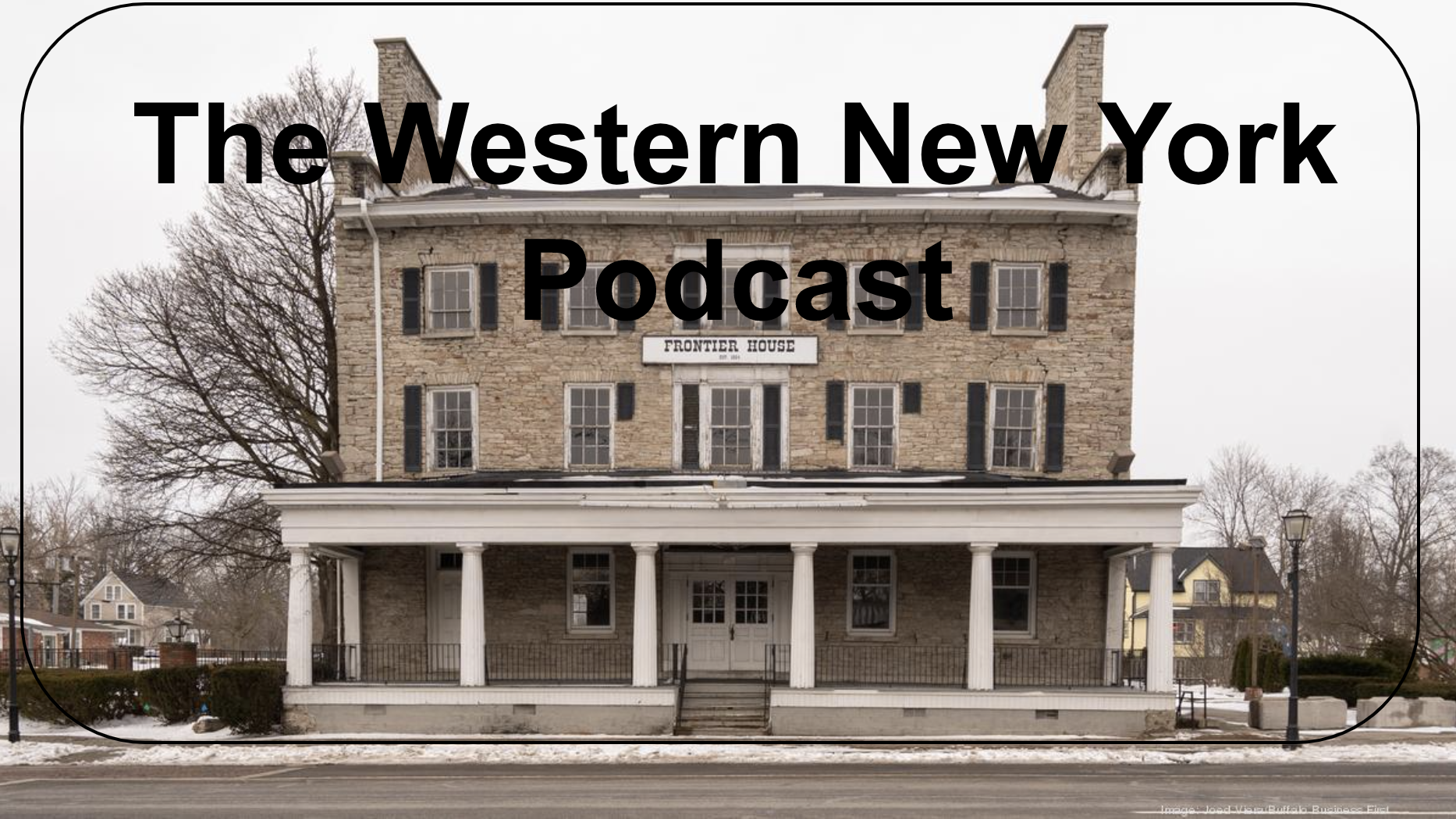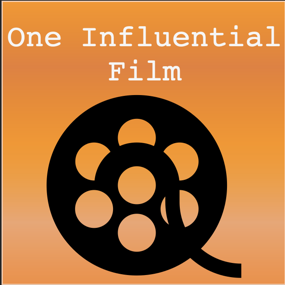Blog post and podcast by Steven Seide
Making this podcast was certainly a learning experience. It was a true struggle from tip to tail. There were two significant specific results from the process. I learned a lot about a topic that I felt as though I should have been taught at some point in my early education. I am embarrassed that I grew up in an area rich in history and yet never had a class or even a module of a class that covered the story of my own backyard. Success was achieved when I realized that I now feel that I could easily teach that class to others. The second outcome is that I learned a lot about podcasting and sharing information in the digital age. There is a great deal of time-consuming work that goes into a finished project for publication. And though it seems like everyone has a podcast, it’s not remotely worth the time and energy, especially when the only real return might be the accolades of a few listeners. The chance that an enormous amount of people will consume the content is low and the chance that money will be made is one thousand-fold lower still.
This two-pronged learning process had specific elements that presented their own specific challenges. The first was simply the research. There never seems to be enough time to find all there is to know. Once the general outline of the history of the topic was defined, I found three dozen full-length books and scores of articles, journal pieces, and academic treatises, from which to scan for interesting tidbits, colorful details, and engaging haystack needles. And that was just for the first two episodes! The second process was editing all that available content down to episode-sized chunks. I quickly learned that what might contribute to a good paper is not necessarily what might be good in this medium. The third challenge was the technical component. If it weren’t for the help of my professor, I might not have learned how to use the hardware and the software required. Almost tragically, I became comfortable with both just as the term ended and my episodes were complete. Issue number four was the human aspect. The first problem was me. I never considered how little that I regularly speak. Recording with a dry mouth, a tired tongue, and apparently six pounds of gravel in my throat was difficult. I had initially lined up two PhD guest contributors but they both flaked at the last minute. This was just another twist that required quick flexibility. On the other hand, friends and family members were keen on doing guests readings. These almost made up for my sub-par narration and my academics’ unexcused absence.
From the stratosphere, this was a great experience. It provided the opportunity to learn how to overcome a significant series of challenges while being adaptable and yet still tightly focused. In a modern alternative to dry academia, these skills were identified and addressed, if not mastered. These are proficiencies that I am sure will be utilized in my continuing academic activities and future professional tasks.
I’ve been both an academic historian and a history podcaster for about six years. I love doing it and I am constantly confronting the inconsistent (and sometimes conflicting) skill sets required for my parallel roles. I chose the topic of history podcasting for my HST 485 History in the Wild course and designed the course to be as collaborative and applicable as possible to their real-world needs. ASU’s humanities students deserve to take courses that harness their passions and natural curiosities so that building a wide variety of skills (our end goal) doesn’t feel like work. The podcasts that resulted from this course exceeded my expectations. –Dr. Marissa Rhodes, professor of HST 485: History in the Wild

Tagline: Podcast of the Most Continuously Impactful Place in the History of North America
Title: The Western New York Podcast (If I knew how to replace the name quickly and easily in the content that has already been recorded, I would change the name. I would do this because when I searched for similar podcasts, I found over thirty that have similar titles but have nothing to do with the history of the area. So, I would rename it something that either had the actual word “history” in it or some clever way to allude to it.)
Podcast Topic: The rich history of Western New York
Titles and descriptions of your two sample episodes: Cocktails & Indians (part 1 & part 2). The history of the Haudenosaunee, the early French & British explorers and settlers, and their history up to the War of 1812. Including the founding of Lewiston and the invention of the cocktail.
Topic Ideas for an additional eight episodes:
The Niagara Power Authority: At the time, the world’s largest hydroelectric plant, the Power Project diverts half of the water that used to go over the Falls to generate 2.6 million kilowatts of clean energy.
The Radioactive Highschool: What happened to the nuclear waste from the World War II atomic bomb project? It’s buried behind Lewiston-Porter Central School.
The Underground Railroad: Two-part episode featuring Harriet Tubman, Josiah Tryon, the house with seven basements, and the terminus of the “tracks” before crossing to freedom.
The Water (The Falls, the Niagara, The Rapids, & Lake Ontario): A hard look at one of the world’s largest fresh water sources, representing 21% of all the world’s fresh water.
Fort Niagara: Built by the French in 1726, the old fort has been an active military fortification for almost 300 years.
Model City: William T. Love’s 1890 view of an urban utopia.
Artpark: The 150-acre public/private cultural institution that draws well over 250,000 visitors per year to a town of 2,500 residents.
Format & Rationale: Episodes are planned to last 15-25 minutes each. The last part of each episode will introduce the next, and the series will build chronologically (as much as possible). There will be one host (me!) to be joined by historian guests, local political leaders, and other prominent personages. Interviews will cover serious questions but in casual conversation format. Firsthand accounts will be portrayed by friends and family members.
POV/Approach/Style/Voice & Rationale: The stories will be told from a mix of voices; one who knows something of the topics, yet still asking questions of experts. Some of the material will necessarily be historiographical and social-justice-oriented as the area has historically been very liberal and pro-democracy & diversity. For example, the entire population contributed to helping freedom-seeking slaves escape bondage, even as the population was less than 1% African American. Each will have some humor, mystery and/or twist, if I can manage it.
Episode Frequency & Rationale: The plan is to do a weekly episode. It will be a short-run, limited series of approximately 12 episodes.
About the Host: I have never wanted to have a public persona. My identity shapes the kind of podcast that I create because the content that I include, I find interesting. I might be omitting content that someone with a different perspective might really enjoy. I am the right person to orchestrate this podcast because I grew up in the area. I know a good deal of the history and its relevance to current events. And I worked for years at Fort Niagara—I have seen the ghosts!
Target Audience: The intended audiences are multiple and diverse. The primary listener, or avatar, is traveling to the area on business (or pleasure) and wants to get a real feel for the place, someone who wishes to embrace the area and the little-remembered history. Other listeners might be those with interests in Native Americans, pre-US history, transportation, energy sector workers/enthusiasts, the first nuclear bombs, the Erie canal, headless horsemen, and the invention of the cocktail. Also, local high school kids who might be growing up knowing even less about their home than I did. It wouldn’t hurt the very conservative current population to learn that their roots are very progressive.
Explain why your podcast topic, format, POV/style, episode frequency, and host identity are attractive to your target audience: This is very hard for me to say as I am not a podcast listener, so I am not familiar with why one style or structure is better than another. For visitors, their interest in the area might be limited by the length of time that they might be in the area, so a huge set of ongoing episodes might be off-putting and overwhelming. For high school students, their attention span might be limited. My identity might be attractive because I grew up in the area and appreciate the nuances and know many of the stories.
Describe two ways you will reach your target demographic. I would present my series to the Historical Society of Lewiston, the Public Library, the Chamber of Commerce, the Tourist Bureau, and more. I would also engage the local high schools.
How will you develop a sense of community and belonging among your listeners?
I would have feedback and commentary available on the site where the podcast lives, and have social media sites where people could not only comment but might augment each story.
What kinds of folks do you anticipate will object to or dislike your podcast?
Conservatives. The area was very pro-liberty and pro-democracy for the first 250 years. It’s now 96% White with an aging population. This demographic, combined with a modicum of affluence, is challenged by anything different. My hope is that listening to this podcast will add some grease and crowbars to closed minds.
What are some ways you can market your podcast to steer away folks who expect something different and will be disappointed? Publish specific blurbs where the podcast lives and partner with agencies and people listed above.Why is your podcast needed? My podcast will inform, educate, and tickle. In my searches, I have found nothing like it. And because of that, I might contact all those listed above to partner. It is needed because there is a rich, relevant history that even the locals seldom realize. There are lessons to be learned, stories to enjoy, and a heritage of which to be proud.
How many podcasts currently exist that are similar to yours? Name them. None. There are many History of Western New York episodes in series’ that otherwise have different topics. For example, Dig: A History Podcast, on Sound Cloud, has a few episodes that are related. They cover the War of 1812 and the Erie Canal. The “WNY History Podcast” is from WRFA radio in Jamestown which features history in Chautauqua County which is well south of the area that my podcast covers. There’s also an interesting podcast through Apple called Iroquois History & Legends produced by Andrew and Caleb Cotter. Their content is not limited to WNY and always approaches events from the indigenous perspective.
Browse some of their reviews on Apple Podcast or other pod platform. What do people like or dislike about podcasts similar to yours? The ones that I found like details that bring the content to life, making the historical personages relatable.
How do you anticipate that your podcast would fare if the same folks were reviewing your podcast? If they can get over my bull-frog-with-a-mouthful-of-marbles voice, I think they would really like it.
Are there any perceived holes or silences within your podcast’s subcategory that seem like they need to be filled? I chose the episode content specifically because I couldn’t find anything on them that has already been produced.
How does your podcast address a silence or hole in the genre OR what does your podcast do differently than others that are similar? See above. Also, most of the thirty-odd Western New York podcasts that I could find only deal with current events and current politics.
What auxiliary components would you launch alongside the podcast? (eg. website, blog, bibliography, show notes, transcripts, Facebook groups, social media) Ideally all the things mentioned would be included on a launch. Also, public appearances, television news guest spots, high school assemblies, and tourism events, etc.
Explore the auxiliary components created by other podcasts. Feel free to use the podcasts you explored in the first two weeks of the course for this part of the assignment. What kinds of add-ons do they have? Most have a smattering of social media presences.
Which auxiliary components would best suit your podcast and your target audience? Why? All of it in to facilitate exposure to the widest possible audience. A website and social media would be prominent. Personal talks at the local library, high school (especially the nighttime continuing education program and the Advanced Placement US History classes), and public radio would be key.
How might you make your podcast more accessible for people with disabilities or some other disadvantage that prevents them from accessing your content readily? I would have a transcript/written or video option. The video option would be great because there are a million pictures that I could include that show the locales discussed. They would be available for free at libraries (and the Reservation Tribal Center) for those who lack the hardware or internet connection required.
Describe some of the feedback you received in your peer reviewers and what you did to address these criticisms: Honestly, I got very little feedback in my peer reviews. Mostly it was either too complementary or it critiqued issues that I opted not to change. That’s not to say that there can’t be huge improvements.
Describe some of the feedback you received from the instructor and what you did to address those criticisms: Most of my feedback was in the form of positive encouragement when I was discouraged, which was frequent. She also provided a lot of information on the technical elements and on information about podcasting in general (like where to find others that are similar and appropriate lengths of episodes).



